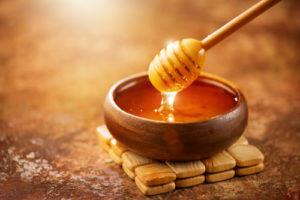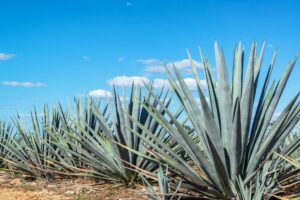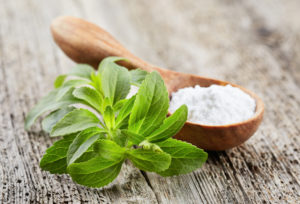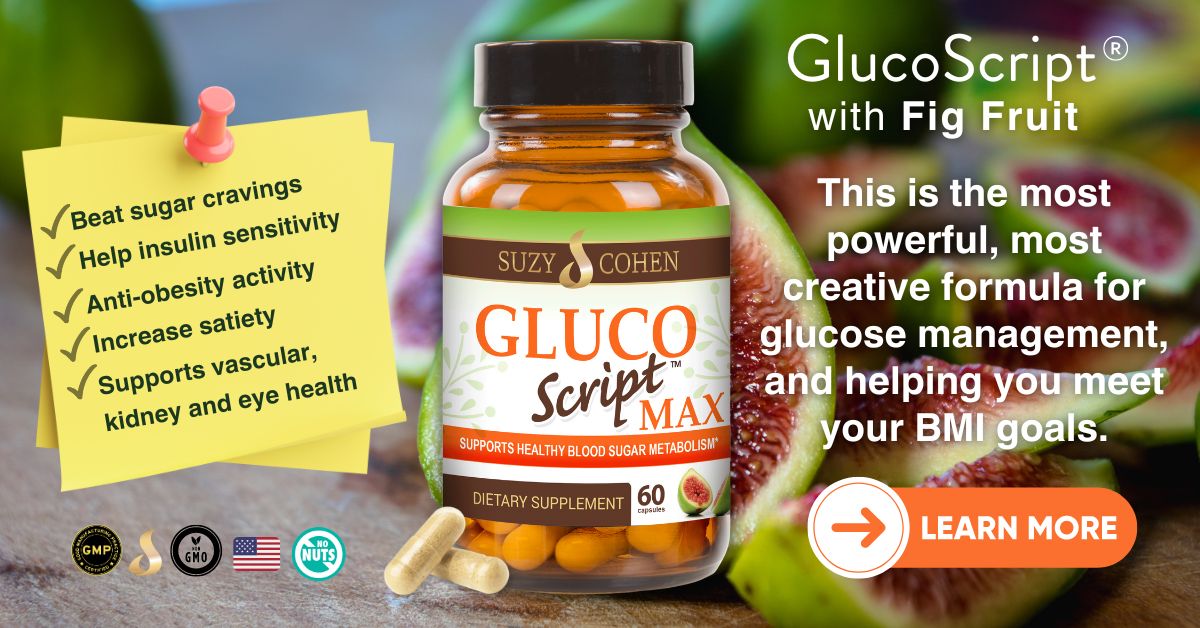What's On This Page?
ToggleLet’s talk about sweeteners for a minute — the pros and cons of honey, agave, and maple syrup (plus a bonus, stevia). Sugar may be the modern villain, but life without a little sweetness would taste like cardboard. The trick is choosing the kind that loves you back.
Honey: Nature’s Liquid Gold
The Good:
Raw, unfiltered honey is more than a sugar, it’s a functional food. In case you haven’t heard that term before, a functional food is a food that provides health benefits beyond basic nutrition. Like, it may support immunity, gut health, or heart function for example, thanks to its natural bioactive compounds.
Studies show honey is packed with antioxidants like flavonoids and phenolic acids, and its natural enzymes can soothe sore throats, calm coughs, and even help heal wounds when applied to the skin. (Yes, it’s been used topically for this purpose for centuries). It’s the methylglyoxal, a compound with strong antibacterial effects that does most of the healing. 
Methylglyoxal (MGO) is present in all honey in trace amounts, but it’s found in much higher, therapeutically significant levels only in Manuka honey, which comes from the Leptospermum scoparium plant native to New Zealand. That’s what gives Manuka its unique antibacterial potency.
Methylglyoxal (abbreviated as “MGO”) is recognized for its topical antibacterial and wound-healing effects. At least that’s where the strongest clinical evidence lies. It helps kill some pathogens, reduce biofilm formation, and promote tissue repair when applied to skin or mucosal surfaces. But what about when you eat honey?
Inside the body, it’s a bit different. MGO isn’t considered “healing” internally. In fact, when taken in large amounts (or formed endogenously through metabolism), it can cause oxidative stress and the formation of advanced glycation end products (AGEs– bad!) those compounds have traditionally been linked to aging and chronic disease.As for the AGEs, I’m referring to excess (like for people who think more of something is better!). I’m not referring to normal, regular consumption.
So in short:
- Topically: MGO = beneficial, antimicrobial, healing.
- Internally: MGO = potentially harmful in exces – not a therapeutic compound.
The internal benefits of Manuka honey come more from its antioxidants, enzymes, and phytochemicals — not from MGO itself.
Clinically speaking, honey (al high-quality brands) may support your health by giving you better lipid profiles and glycemic control in small doses. It’s also a gentle prebiotic, feeding beneficial gut flora.
The Not-So-Sweet Side:
Honey is still about 82% sugar by weight. Diabetics should use it sparingly. And when it’s heated excessively or overly processed, the enzymes and antioxidants that make honey special are destroyed. Never give honey to infants under one year because of the risk of Clostridium botulinum spores.
Vegan note: Technically, honey isn’t vegan since it’s produced by bees. That said, many vegetarians — and even some “bee-friendly” vegans — still enjoy raw honey from small ethical beekeepers.
Not all honey is holy… the kind in the plastic bear might contain more corn syrup than the Iowa State Fair. 🐻 Many commercial “honeys” sold in supermarkets are adulterated — meaning they’ve been diluted with cheap sweeteners like high-fructose corn syrup or rice syrup. They still look and taste like honey, but most of the enzymes, pollen, and antioxidants are long gone. If you want the real deal, look for raw, unfiltered honey from local beekeepers or trusted brands that don’t pasteurize or over-process it.
Some commercial honeys are secretly diluted with corn or rice syrup, and you won’t always see it on the label. Look for “100% pure,” “raw,” or “unfiltered,” and buy from local beekeepers whenever possible. Real honey crystallizes while fake honey doesn’t.
Does that make sense because it’s a huge point and people don’t pay much attention to it…You see, CRYSTALIZATION happens when honey’s natural sugars (mainly glucose) separate and form tiny crystals over time. It’s totally normal and actually a sign of purity.
- It can happen at room temperature, especially in cooler kitchens (below ~70°F).
- Refrigeration speeds it up crystallization, that’s why beekeepers recommend storing honey at room temp (but in a tightly sealed jar).
- The honey turns opaque, grainy, or semi-solid — kind of like soft butter. It’s inconvenient if you want to squeeze it real quick, and you’re impatient. But it’s actually worth the wait to reliquefy genuine honey vs buying adulterated kinds that squeeze real fast.
- To re-liquefy it, just place the jar in warm (not boiling) water and stir gently.
So if your honey never crystallizes, it’s probably been overheated, ultra-filtered, or diluted with syrups. These are all signs it’s not raw or pure anymore.
One more thing. Some people have allergies and food sensitivities. Do you know which is the best honey for allergies? Is it raw unfiltered, or pastuerized or something else? READ THIS ARTICLE to find out.
Agave Nectar: The Desert Darling
The Good:
Agave comes from the same succulent 🌵that gives us tequila. It’s sweeter than sugar. Some unrefined agave extracts contain saponins and inulin which are compounds that support gut health and mineral absorption. Early studies suggest agave fructans may improve insulin sensitivity and reduce cholesterol levels, but note that those benefits come from raw extracts, not the syrupy stuff in most bottles.

The Not-So-Sweet Side:
Here’s where it gets tricky though, commercial agave syrups are often ultra-processed and can contain up to 85% free fructose. That’s even more than high-fructosef corn syrup! Excess fructose burdens your liver, raises triglycerides, and drives insulin resistance over time.
Clinical pearl: Color tells a story. Pick by the color. Also think of agave like you would tequila in that a little might make you feel good, but a lot will wreck your morning. Or at least your glucose.
- Light, clear agave = highly refined, high in fructose. I’d avoid this version.
- Dark, raw agave = less processed, retains minerals and some inulin.
If you use agave (and I do), buy the darker, organic kind and keep the pour short. This sweetener doesn’t crystallize like honey. It’s conveniently squeezable if speed is critical for you. Here’s a nutritional PROFILE of agave in case you’re interested.
Maple Syrup: Tree Sap With Benefits
The Good:
Real maple syrup (not the fake “pancake syrup” imposters) contains more than 50 bioactive compounds — including polyphenols, manganese, and zinc. Compounds like quebrachitol and abscisic acid have been shown to support insulin signaling and reduce inflammation. Some maple extracts even show antimicrobial and anticancer potential in lab studies.
🍁 Maple syrup is one of my favorite indulgences — I could happily eat it by the spoon! I’ve got a red maple tree in my yard and often think about tapping it, though I hesitate because I’m afraid of drilling too deep and damaging it.
Clinical pearl: Maple syrup’s antioxidants can help protect endothelial cells which are the ones lining your blood vessels, from oxidative stress. Among the sugary options, it’s one of the more nutritionally redeeming choices.
The Not-So-Sweet Side:
Maple syrup is still about two-thirds sucrose. A generous drizzle is fine; a heavy pour is a glycemic joyride. Always choose 100% pure maple syrup labeled “Grade A, dark robust taste” — and avoid “maple-flavored” corn syrup blends. Have you ever seen the labeling where it says “Grade A”? What does that mean.
🍁 What Maple Syrup Grades Actually Mean
Maple syrup grades are about color and flavor intensity — not quality or nutrition.
All pure maple syrup that meets food safety and flavor standards is labeled Grade A under the current USDA system (the old “Grade B” category was retired a few years ago).
But within Grade A, there are four different color/flavor classes, which depend on WHEN the sap was collected and how long it was boiled:
-
Golden, delicate taste → This is from early-season sap and it’s light in color and has a mild flavor.
-
Amber, rich taste → This is from a mid-season sap and has a balanced flavor. It gives you that classic maple taste.
-
Dark, robust taste → Collected later in the season – it’s deeper color and stronger, and has a more ‘caramelized’ flavor.
-
Very Dark, strong taste → It’s the end-of-season sap and it has a bold, almost molasses-like flavor. Not sure if you would like it on pancakes but maybe you would in Shoofly pie!
Why the difference?
As the season progresses, warmer temperatures change the composition of the sap — more minerals, more Maillard browning during boiling, and thus a darker syrup.
Clinical pearl: Remember this – The darker grades contain slightly more antioxidants and minerals, but they’re still mostly sugar. So pick based on flavor preference, not “health grade.”
How Sweeteners Impact Vision – It’s Small but Still Nice to Know
Are you worried about vision and/or diabetes? Losing eyesight is a real complication potentially (of diabetes). So where do sweeteners fit in? Honey and maple syrup both contain trace micronutrients that give them a nutritional edge over white sugar — but think drops in the bucket, not daily allowances.
Honey provides small amounts of B vitamins, calcium, magnesium, and potassium, along with flavonoids and phenolic acids that act as antioxidants. The real magic comes from its bioactive enzymes and plant compounds, not the minerals themselves. Read my other article, Natural Ways to Improve Vision.
Maple syrup, on the other hand, offers a richer mineral profile — especially manganese, zinc, calcium, and potassium — along with naturally occurring polyphenols like quebrachitol and abscisic acid (ABA), both of which help the body maintain healthy inflammatory and metabolic balance.*
Fun fact: Abscisic acid (ABA) is also found in fig fruit! That’s one reason I chose ABA Life® fig fruit extract (a clinically tested source of ABA) as a key ingredient in my GlucoScript MAX. It’s designed to support healthy blood sugar metabolism and overall wellness.*
Sweeteners aren’t multivitamins, but they do sneak a few nutrients into the spoonful of joy.

Bonus Sweetener: Stevia — The Green Leaf That Fooled Sugar
Stevia rebaudiana is a South American herb whose leaves contain steviol glycosides — compounds that deliver sweetness up to 300 times stronger than sugar without raising blood glucose or insulin.
Studies suggest stevia may have mild antihypertensive and insulin-sensitizing properties, possibly supporting pancreatic β-cell function. It’s also been explored for its antioxidant and anti-inflammatory activity in small clinical trials.
Clinical pearl: Go for green-leaf stevia powder or liquid extracts from reputable brands. The white crystalline versions and “blends” often contain sugar alcohols or bulking agents like maltodextrin, which can cause gas or digestive upset.
Bottom Line
If sweetness is your love language, make it a mindful romance.
- Best all-around: Raw, local honey (antioxidant and antimicrobial perks).
- Best gut helper: Dark, raw agave — in small amounts only.
- Best flavor punch with minerals: 100% pure maple syrup.
- Best calorie-free fix: Stevia in its natural green form.
Natural doesn’t mean limitless, even wholesome sugars can hijack insulin and expand your waistline if you pour with abandon. Choose wisely, measure mindfully, and let your health (not your blood sugar) be the thing that rises.

Suzy Cohen, has been a licensed pharmacist for over 30 years and believes the best approach to chronic illness is a combination of natural medicine and conventional. She founded her own dietary supplement company specializing in custom-formulas, some of which have patents. With a special focus on functional medicine, thyroid health and drug nutrient depletion, Suzy is the author of several related books including Thyroid Healthy, Drug Muggers, Diabetes Without Drugs, and a nationally syndicated column.


